Ecommerce maturity model: 5 stages to online business success
In the fast-paced world of digital commerce, growth can often feel chaotic. One moment you're celebrating your first 100 orders; the next, you're overwhelmed by disjointed systems, inefficient workflows, and a marketing strategy that feels like a constant game of whack-a-mole. Many online businesses hit a growth ceiling not because their products are poor, but because their operational, technological, and strategic capabilities haven't evolved with their sales volume. They are stuck in a cycle of reactive problem-solving instead of proactive, strategic scaling.
This is where the ecommerce maturity model becomes an indispensable tool.
Far more than just a measure of revenue, this model provides a strategic framework for assessing your business's true capabilities. It acts as a roadmap, outlining a clear path from a foundational startup to a sophisticated market leader. By understanding this model, you can accurately identify your current stage of development, pinpoint critical gaps, and, most importantly, create a targeted action plan to advance to the next level of performance and profitability.
This guide will demystify the ecommerce maturity model. We will break down its core pillars, detail the five distinct stages of maturity, and provide a practical framework for you to assess your own business and chart a course for sustainable, long-term growth.
What exactly is an ecommerce maturity model?
An ecommerce maturity model is a framework used to evaluate the sophistication and capabilities of an online business across several key dimensions. Think of it less like a report card and more like a developmental chart. It helps businesses understand where they are on their growth journey, what "good" looks like at the next level, and what specific steps are needed to get there.
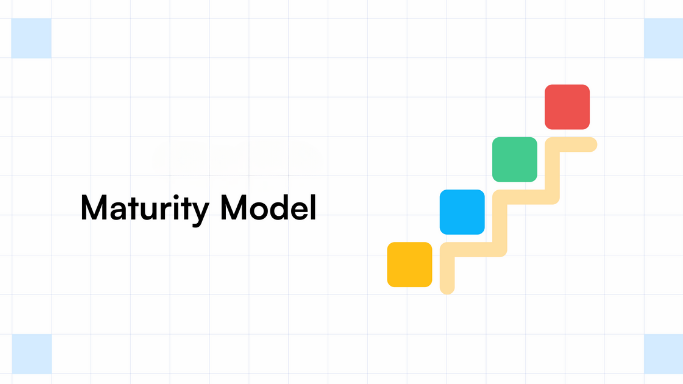
The primary goal of the model is to shift a business from a state of reactivity (constantly fighting fires) to one of proactivity (strategically building systems for the future).
Why is this model so critical for your business?
- Provides clarity and a common language: It gives your entire team a shared understanding of your company's current state and future goals.
- Identifies strengths and weaknesses: It forces an honest assessment of what's working and, more importantly, what's holding you back.
- Guides strategic investment: It helps you decide where to allocate precious resources—be it technology, talent, or marketing spend—for the greatest impact.
- Sets realistic expectations: It helps you set achievable goals and KPIs based on your current stage, preventing burnout and misguided efforts.
- Creates a roadmap for growth: It provides a clear, step-by-step guide for evolving your people, processes, and technology in a coordinated way.
The pillars of ecommerce maturity
Before we dive into the stages, it's essential to understand the dimensions across which maturity is measured. A truly mature ecommerce business excels in a balanced way across multiple areas. We can break these down into four core pillars:
- Technology & platform: This covers your entire tech stack, from the ecommerce platform itself (e.g., Shopify, Magento, BigCommerce) to integrations with third-party apps, ERPs, and marketing automation tools. Maturity here means moving from a basic, out-of-the-box setup to a flexible, integrated, and scalable architecture.
- Customer experience & marketing: This pillar evaluates how you attract, convert, and retain customers. It looks at everything from your branding and site design to your marketing channels, personalization efforts, and customer service quality. Maturity means shifting from generic, broad-stroke marketing to personalized, data-driven, omnichannel customer journeys.
- Operations & logistics: This is the physical backbone of your business. It includes inventory management, warehousing, order fulfillment, shipping, and returns management (reverse logistics). Maturity in operations means progressing from manual, ad-hoc processes to automated, efficient, and cost-effective systems that can handle scale.
- Data & analytics: This pillar assesses how you collect, analyze, and act on data. It's about your ability to track key performance indicators (KPIs), understand customer behavior, and make informed decisions. Maturity here is the journey from basic sales reporting to predictive analytics and a culture of data-driven decision-making.
Now, let's explore how these pillars evolve through the five distinct stages of the ecommerce maturity model.
The five stages of the ecommerce maturity model
Each stage represents a significant leap in capability. As you read through them, try to honestly identify which one most closely reflects your business today.
Stage 1: Foundational (the reactive starter)
At this initial stage, the primary focus is on survival and validation. The business is often run by a founder or a very small team, and the main goal is simply to launch, get the first few sales, and prove the business concept.
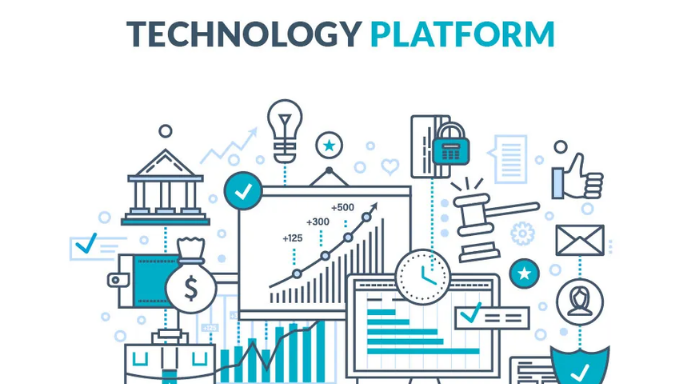
- Technology & platform: The platform is typically a basic, out-of-the-box SaaS solution (like a standard Shopify plan). The design is based on a pre-built theme, and there are few, if any, custom integrations.
- Customer experience & marketing: Marketing is sporadic and reactive. Efforts might include posting on personal social media, running a few simple ads, and relying heavily on word-of-mouth. The customer experience is functional but not optimized.
- Operations & logistics: Fulfillment is entirely manual, often handled from a garage or spare room. Inventory is tracked on a spreadsheet (if at all), and shipping is done on a per-order basis. There's no formal returns process.
- Data & analytics: The only data being watched is sales and website traffic, usually through the platform's default dashboard. Decisions are based on gut feeling, not data.
Key challenge: Lack of resources (time and money) and repeatable processes.
How to advance to stage 2:
- Operations: Establish a dedicated space for packing and shipping. Create a simple, documented process for fulfillment.
- Marketing: Set up foundational marketing channels, especially an email list, and start collecting customer emails.
- Data: Start tracking basic metrics beyond sales, such as conversion rate and average order value (AOV).
Stage 2: Developing (the channel optimizer)
The business now has consistent sales and has validated its product-market fit. The focus shifts from survival to creating repeatable processes and optimizing key channels. The team is starting to grow, with individuals taking on specific roles.
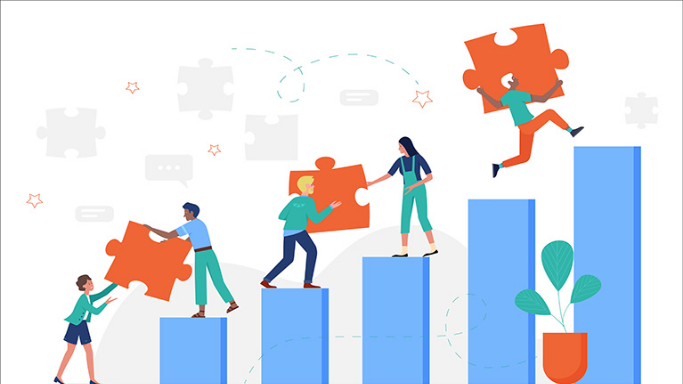
- Technology & platform: The business invests in key apps to solve specific problems (e.g., an email marketing app like Klaviyo, a reviews app). The storefront may get a minor design refresh to improve conversion.
- Customer experience & marketing: Marketing becomes more structured. The business is actively running paid ads on one or two core channels (e.g., Facebook Ads, Google Ads) and has automated basic email flows (welcome series, abandoned cart). Customer service is still reactive but more formalized.
- Operations & logistics: Fulfillment processes are standardized. The team might use a shipping software (e.g., ShipStation) to streamline label printing. Inventory management is still a challenge, and overselling can be an issue.
- Data & analytics: The team uses Google Analytics and the platform's reports to understand traffic sources and customer behavior. They begin A/B testing simple things like ad copy or email subject lines.
Key challenge: Siloed operations. The marketing team isn't talking to the ops team, and technology isn't fully integrated, leading to inefficiencies.
How to advance to stage 3:
- Technology: Begin planning for a more integrated tech stack. Investigate how an order management system (OMS) or a basic CRM could connect different parts of the business.
- Operations: Consider outsourcing fulfillment to a third-party logistics (3PL) provider to free up time and handle growing volume.
- Customer experience: Start segmenting your email list to send more relevant messages. Focus on gathering customer reviews to build social proof.
Stage 3: Defined (the efficient scaler)
At this stage, the business is a well-oiled machine. Processes are documented, and technology is integrated. The focus shifts from optimizing single channels to optimizing the entire customer journey and maximizing customer lifetime value (CLV).
- Technology & platform: The tech stack is integrated. An order management system (OMS) or basic ERP is in place to sync inventory, orders, and shipping. A customer relationship management (CRM) system centralizes customer data. The business might upgrade to an advanced platform plan (e.g., Shopify Plus, BigCommerce Enterprise).
- Customer experience & marketing: The marketing strategy is multi-channel and cohesive. There is a deep focus on customer retention, with a formal loyalty program and advanced email segmentation. Personalization starts to appear on the website (e.g., recommended products).
- Operations & logistics: Fulfillment is efficient, likely managed by a 3PL partner that can meet service-level agreements (SLAs) for shipping times. Inventory management is automated and accurate across all channels.
- Data & analytics: The business has a "single source of truth" for data. Teams use dedicated analytics dashboards (e.g., Glew, Daasity) to monitor performance against clear KPIs. Decisions are consistently data-informed.
Key challenge: Expanding into new markets or channels without breaking the newly established systems. Maintaining a personal brand touch at scale.
How to advance to stage 4:
- Strategy: Develop a clear omnichannel strategy. How will your online and potential offline experiences connect?
- Data: Invest in business intelligence (BI) tools and potentially a data analyst to uncover deeper insights and build predictive models.
- Customer experience: Move from basic segmentation to true 1-to-1 personalization using AI-powered tools.
Stage 4: Strategic (the omnichannel leader)
Businesses at this stage are sophisticated retailers. They operate seamlessly across multiple channels (online, social, retail, marketplaces) and provide a consistent, personalized customer experience everywhere. Data is at the heart of every strategic decision.
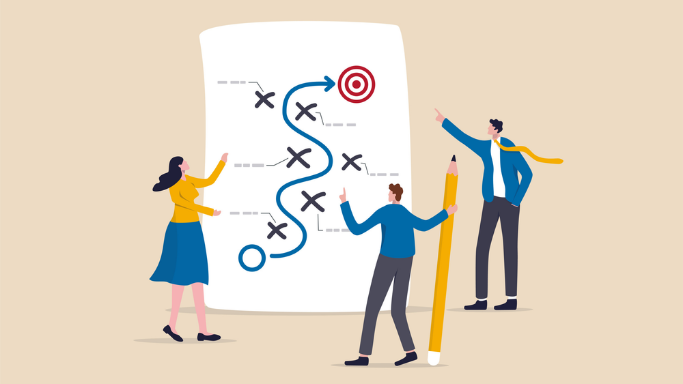
- Technology & platform: The architecture is likely headless or highly composable, allowing the business to deliver content and commerce to any device or touchpoint. The tech stack is a best-of-breed ecosystem connected via APIs.
- Customer experience & marketing: The customer experience is truly omnichannel. A customer can buy online and return in-store, or start a cart on mobile and finish on desktop without a hitch. Marketing is highly personalized and automated, with AI optimizing ad spend and personalizing site content in real-time.
- Operations & logistics: The supply chain is a strategic advantage. The business may use multiple warehouses or fulfillment centers to optimize for shipping speed and cost. International logistics are managed efficiently.
- Data & analytics: Predictive analytics are used to forecast demand, manage inventory, and identify high-value customer segments. A culture of experimentation and data-driven optimization permeates the entire organization.
Key challenge: Staying ahead of the curve and avoiding the complacency that can come with success. Fending off new, agile competitors.
How to advance to stage 5:
- Innovation: Create a dedicated R&D budget or team to explore emerging technologies (e.g., AR, Web3) and new business models.
- Ecosystem: Look for opportunities to expand beyond core products, perhaps into content, community, or subscription services that create a deeper brand ecosystem.
Stage 5: Transformative (the market innovator)
This is the pinnacle of ecommerce maturity. Businesses at this stage are not just participating in the market; they are shaping it. They leverage technology and data to create entirely new experiences, business models, and even new markets.

- Technology & platform: Technology is used not just for efficiency but as a core driver of innovation. They may build proprietary software or be the first to adopt and master next-generation technologies.
- Customer experience & marketing: The brand has transcended commerce and become a lifestyle. They have a deeply engaged community that co-creates value with the brand. The line between content, community, and commerce is completely blurred.
- Operations & logistics: The supply chain is fully transparent, intelligent, and potentially a new revenue stream (e.g., offering their logistics network as a service).
- Data & analytics: AI and machine learning are embedded in every facet of the business, from dynamic pricing and hyper-personalization to automated supply chain management.
Key characteristic: These businesses are defined by constant innovation and are always looking for the next frontier. They don't just follow best practices; they create them.
How to use the ecommerce maturity model: a practical guide
Understanding the model is the first step. Applying it is what drives change. Here’s a simple framework to get started:
- Conduct a self-assessment: Gather key stakeholders from different departments (marketing, ops, tech, customer service). Go through each of the four pillars (technology, customer experience, operations, data) and honestly assess your current capabilities against the descriptions in each stage. Where do you fit most comfortably? Be brutally honest.
- Identify your current stage: Based on your assessment, determine your overall stage of maturity. It's normal to be more mature in one pillar than another (e.g., strong marketing but weak operations). Acknowledge this imbalance.
- Define your target stage: Where do you want to be in 12-18 months? It's not about jumping from stage 1 to stage 4 overnight. The goal is to identify the next logical step. For most, this means focusing on the "How to advance" actions for their current stage.
- Build a prioritized roadmap: List all the actions required to get to your target stage. Now, prioritize them based on impact and effort. What are the "quick wins" that can build momentum? What are the foundational projects that need to start now? Assign ownership and timelines to these initiatives.
Conclusion
The ecommerce maturity model is more than a theoretical exercise; it is a dynamic, strategic tool for any business serious about growth. It provides the clarity to see where you are, the vision to know where you're going, and the concrete steps to bridge that gap.
By moving beyond the chaos of day-to-day operations and adopting a structured approach to development, you can build a more resilient, efficient, and profitable ecommerce business. You can stop simply reacting to the present and start strategically building for the future, ensuring that as your sales grow, your capabilities grow right along with them.
Before tackling the advanced stuff, make sure you’ve got the basics covered. Visit Ecommerce Basics to understand the core ideas behind successful online stores.



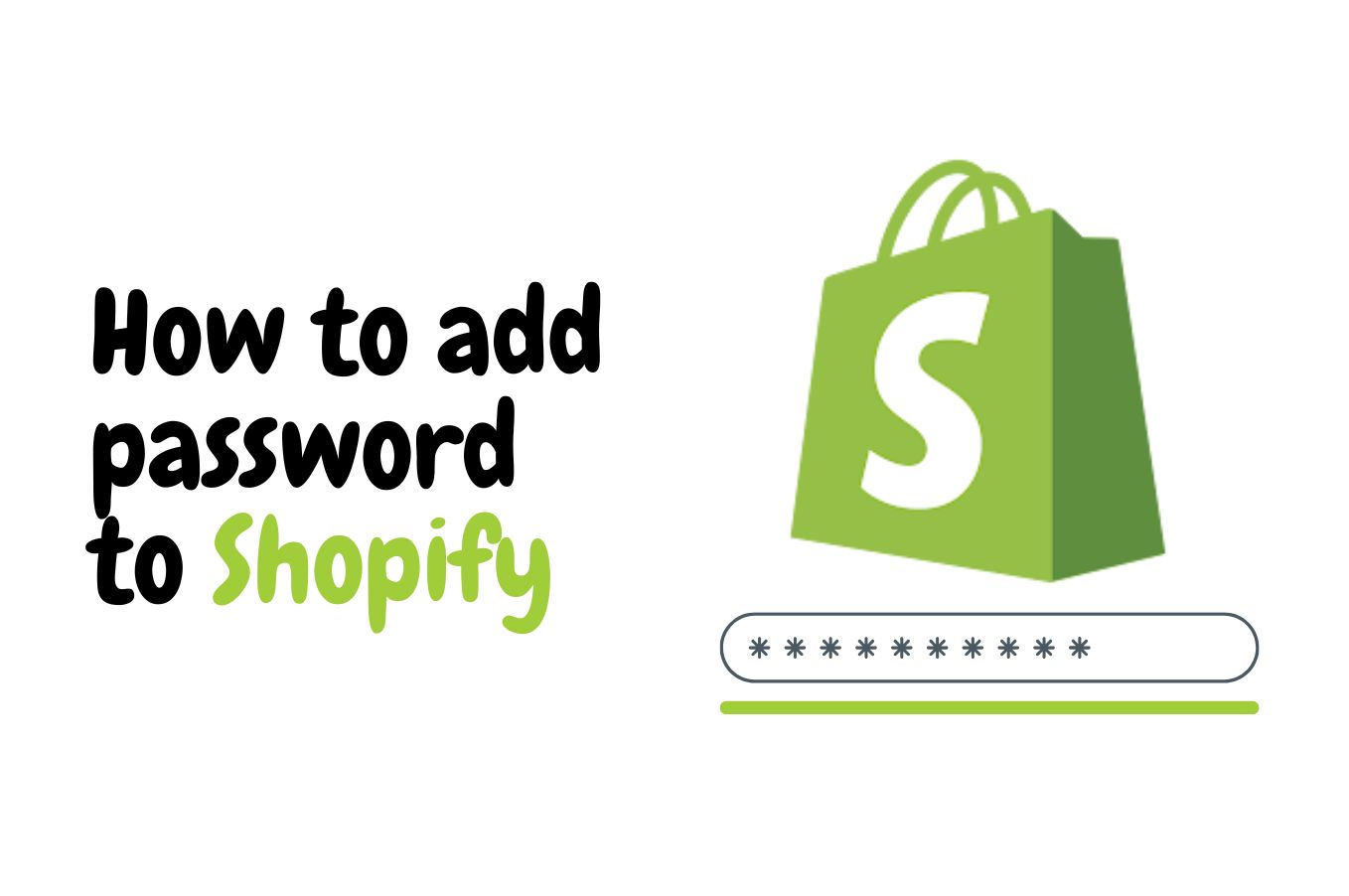
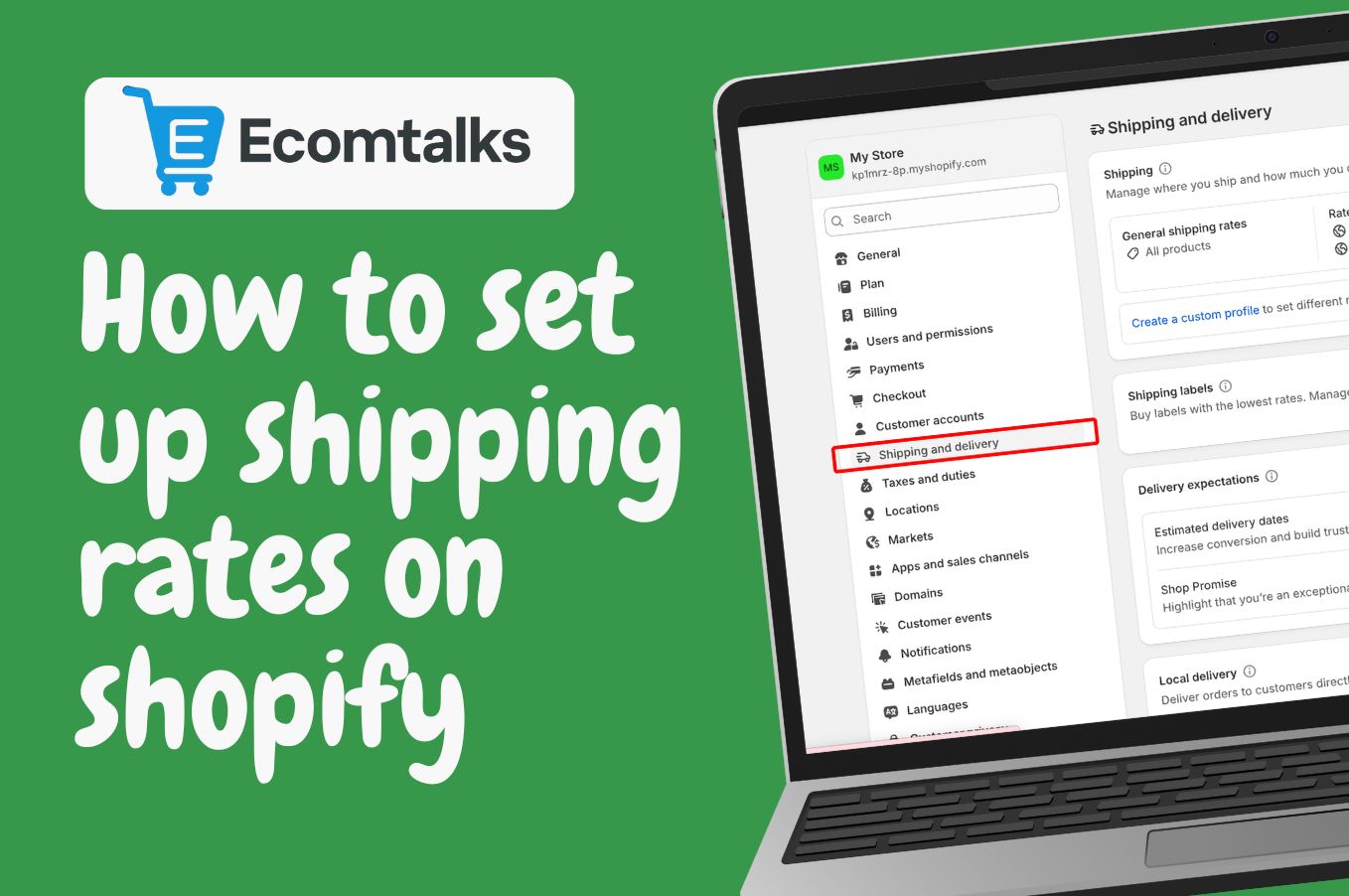
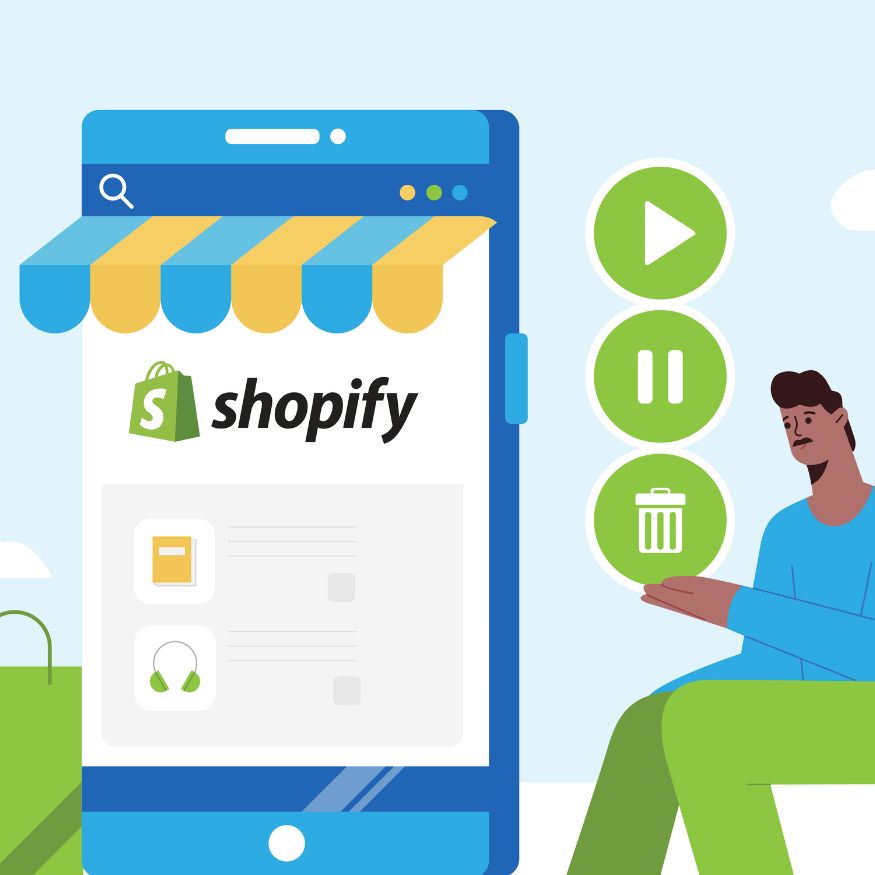
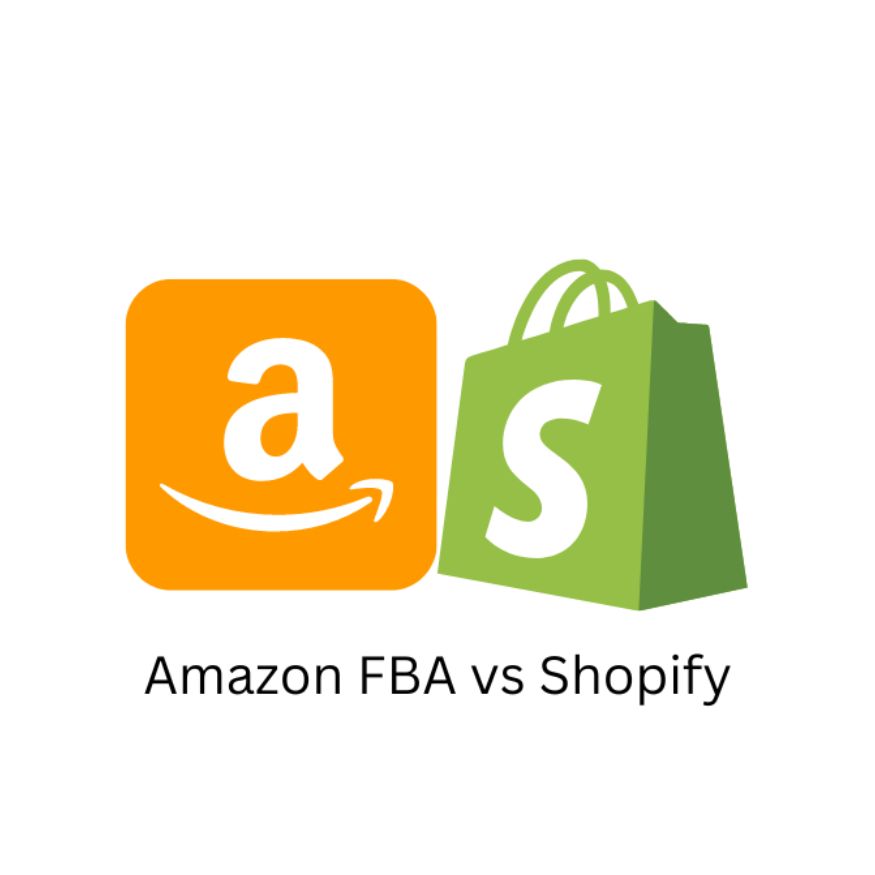
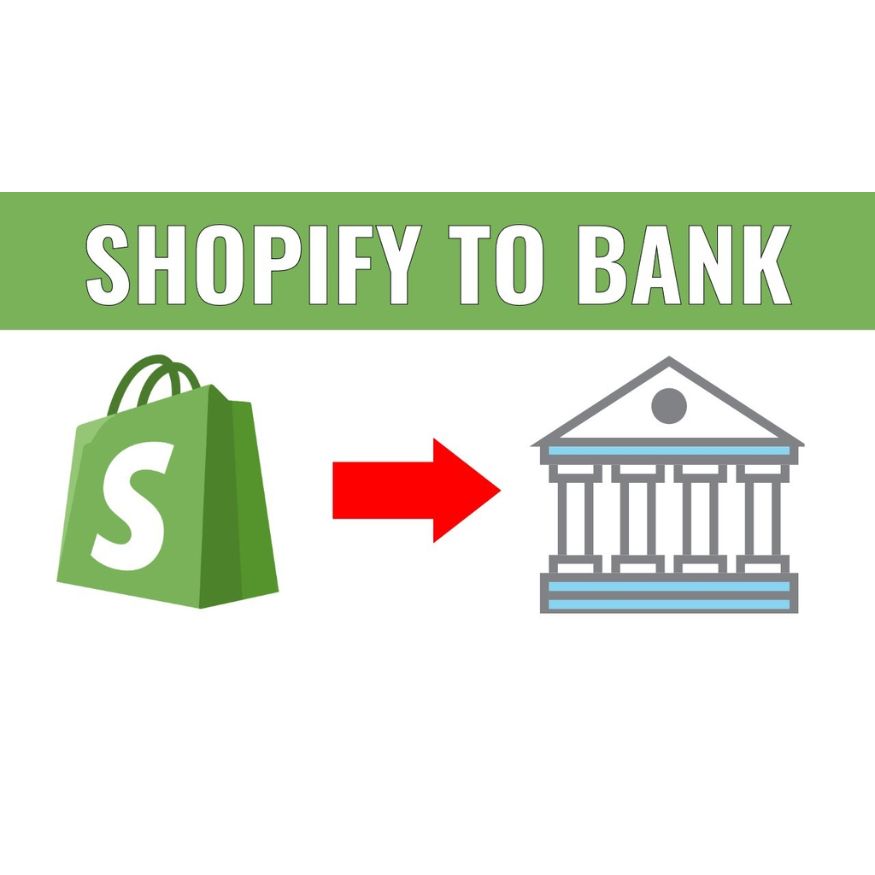
.jpg)
.jpg)